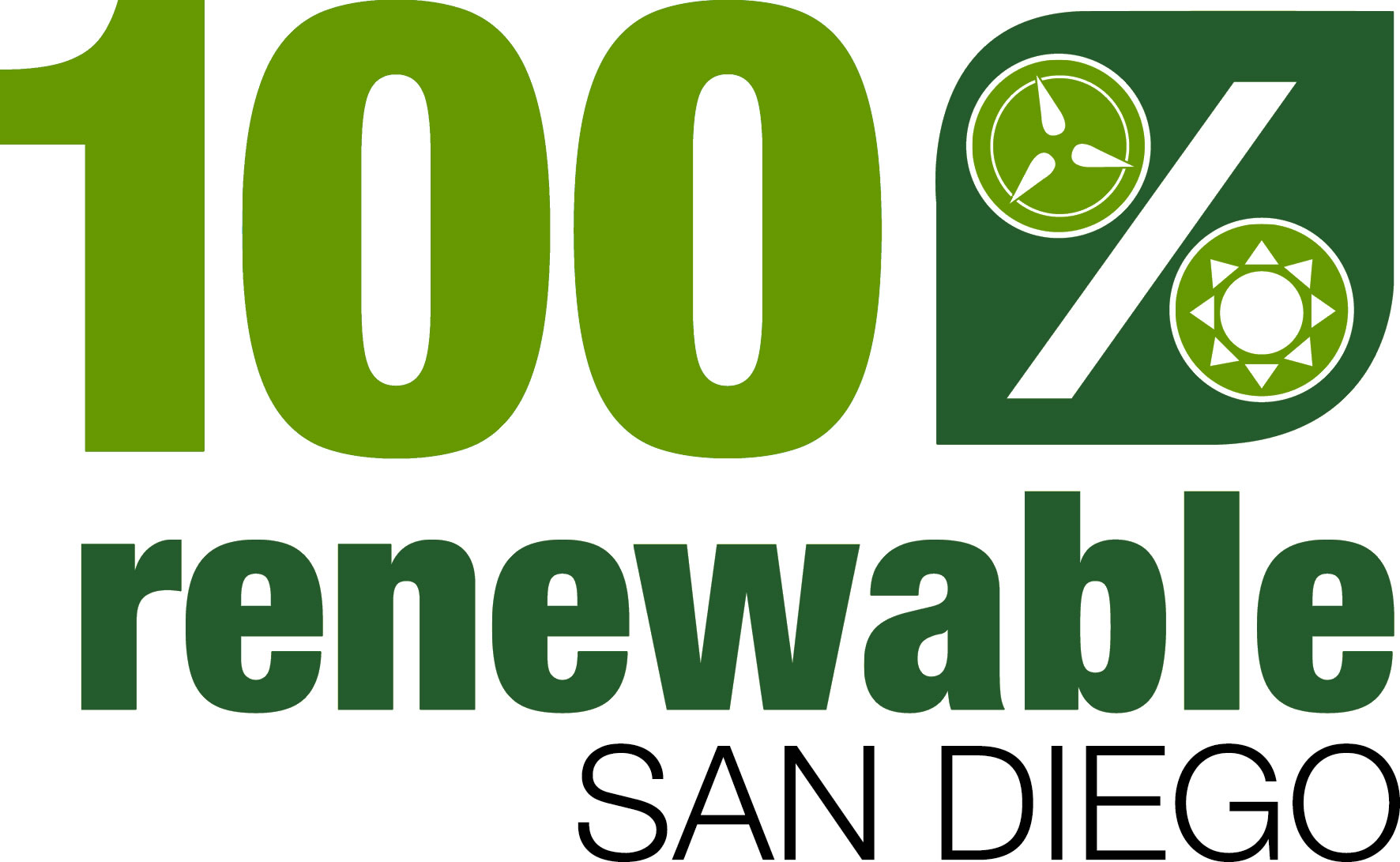 To Build a Better GridNov 4, 2011 - Mark McDonald - nytimes.com JEJU, SOUTH KOREA — Lim Ki-choo has lived most of his life in a modest stucco house on Jeju, this pleasant freckle of an island off the southern tip of South Korea. He was a village leader in days gone by, and before that he ran a bank for local fishermen. All of which suggests that Mr. Lim, 84, has a certain standing here. Yet, he says, he’ll be damned if he can figure out how to work the controller the electric company gave him that runs all the new gizmos in his house. “I haven’t picked up on it very quickly,” said Mr. Lim, looking puzzled as he studied the electronic tablet with its multiple screens, sexy icons and whiz-bang graphics. “My grandchildren, when they come over, they adjust it for me.” Technical challenges aside, Mr. Lim is a pioneer; the first person in his village to have his house wired into the Smart Grid Test Bed, a kind of municipal power grid in miniature and one of South Korea’s newest and most ambitious high-tech experiments. The $220-million pilot project is aimed at reducing an area’s electricity costs and energy consumption, through the use of smarter technologies, increased efficiency and more renewable energy sources. The Smart Grid is about more than just Jeju; it is a strategic investment. South Korea is betting that making progress in combining smart technology and green energy in one ecosystem will allow it to build larger grids for cities. The national government — and its private partners — are also hoping that they will eventually export the system to cities around the world. As the world’s urban population grows, energy consumption and costs are likely to be one of the brakes on economic development. Pollution from carbon-based energy generation is also a leading source of greenhouse gases. Many cities would welcome the chance to reduce their carbon footprint. The government says the test grid in Jeju is the largest such project in the world. The Knowledge Economy Ministry — which promotes foreign investment in Korea and guides the country's sustainable-energy policy — says the government is investing $60 million in the grid project, with 168 private companies putting up an additional $160 million. The companies include units of SK Telecom, LG, the telecommunications giant KT, Korea Electric Power, Hyundai and other industrial giants. As July, more than 2,000 homes along Jeju’s northeastern coast have been connected to the test grid. The first phase of the project ended in June with the wiring of the houses, which received new electrical meters, switches and other smart technologies that allow the power company and appliances in the homes to, in effect, talk to each other and use energy when it is cheapest. Some 150 of the homes in the project, including Mr. Lim’s, also have solar panels and storage batteries. The small number is mostly due to the cost: each setup costs $15,000 — which has been an impediment to solar energy’s growth around the world. Here, the cost is split between the government and SK Telecom, the corporation leading the project in Mr. Lim’s area. Additionally, 31 homeowners are driving electric cars and charging them at specially built AC/DC stations. Engineers say they are certain the smart grid will immediately increase energy efficiency and reduce consumer’s bills, even before consumers are fully adept at using their new devices. “A 5 to 10 percent savings, for sure,” said Mr. Park. “At least.” The timetable calls for three or four South Korean cities to start using smart grid technologies by the end of 2013, when the grid project concludes. “And there’s a big competition now among the city governments,” said Park Kyeong-jong, senior manager of the Jeju Smart Grid Team for SK Telecom. One reason is that it’s the law. South Korea invested just $20 million in clean energy research in 2009, placing it 19th among the Group of 20 industrialized nations. But new legislation requires that at least 2 percent of gross domestic product be spent on the research and development of renewable energy. And companies will be required to source 10 percent of their power from renewables by 2022. |
Email this page to a friend

